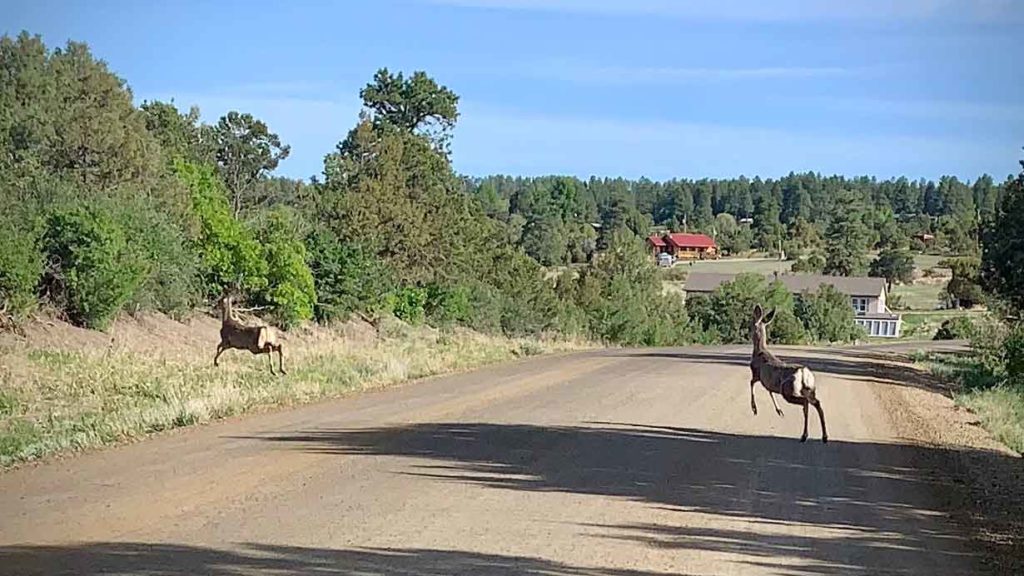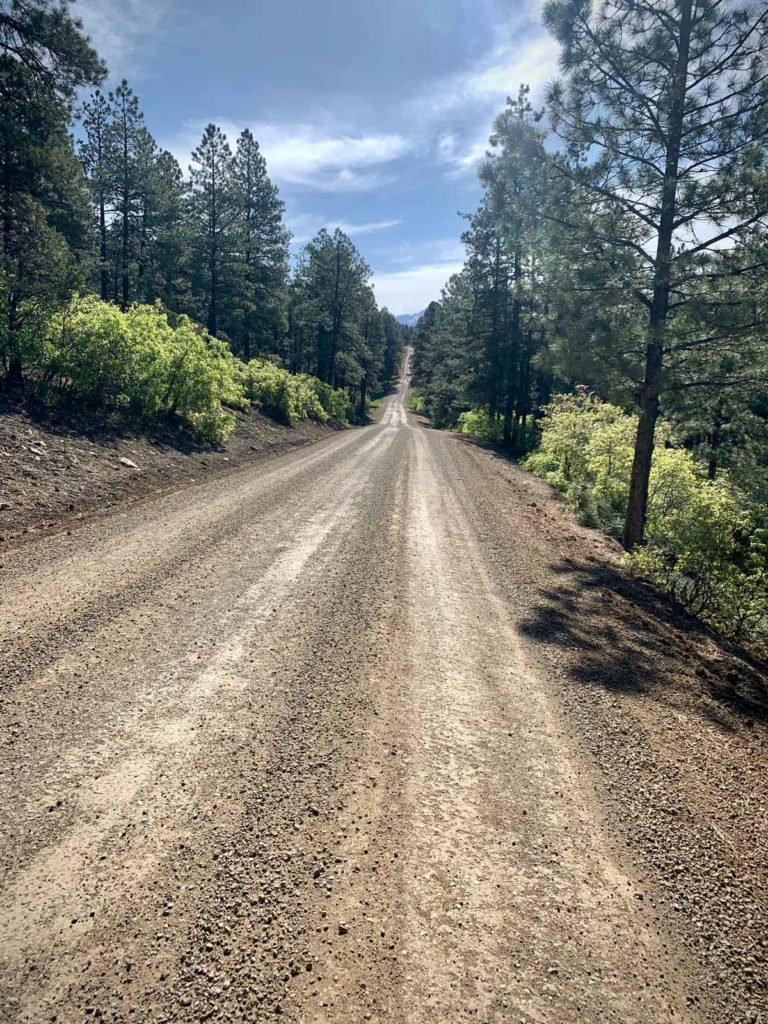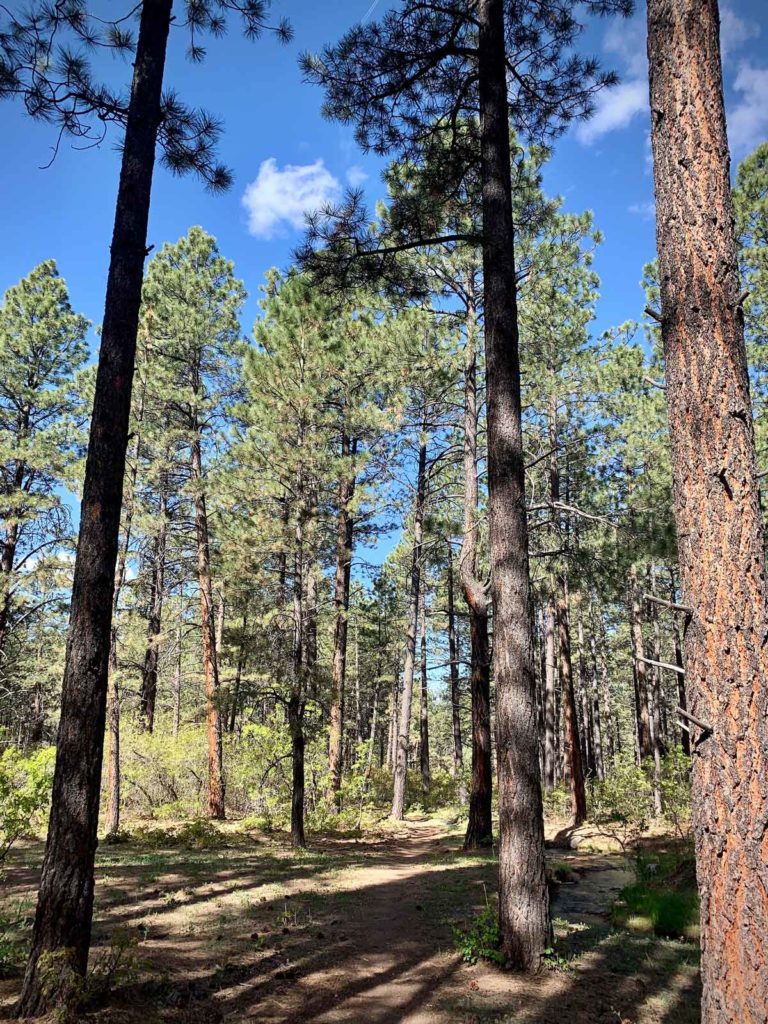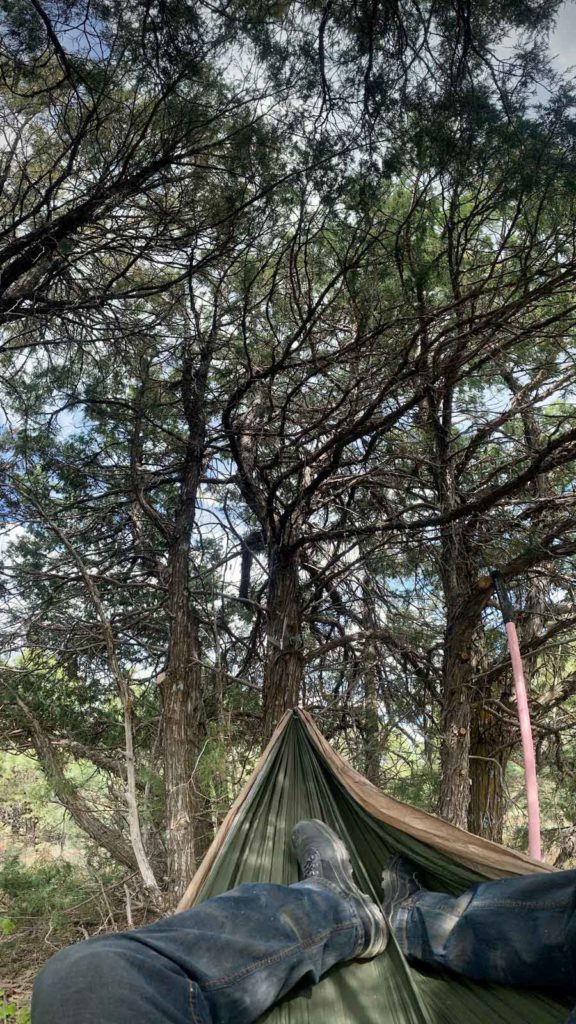If you have been with me for that last 3 posts on getting started with bicycling, you should now know:
The 4th installment of this series examines how to make riding your bike into a habit. Making riding a habit is as easy as getting on the bike and riding 3 or more times a week. Putting some thought into the why and how of riding a bike can help you find time to go riding.
Motivation
Find motivation, or a reason to ride. Then on days where you aren’t as excited to go riding, or time is short, you will have a reason to help you get it done. You will also be better at explaining to others why you are spending time and money on this new activity.
There are a lot of reasons to ride a bike:
- Its a lot of fun
- Its a form of exercise
- You can go fast
- There is more to see
Choose one, or all of them, and make up your own. There are very few downsides to getting a bike and riding it 3 times a week. If you have any medical conditions you should consult a doctor before. Otherwise anyone can take up riding a bike and have a great time.
Finding motivation for riding is the first thing you should put some thought into. Write it down if that helps. Having a reason to ride makes spending time riding more enjoyable and probable.
Finding a place to ride
Is it safe to ride from your home? Riding from home increases the probability that you go for a ride. You just put on you riding clothes, get on your bike, and go for a ride. This is also a new way to see where you live. The pace is slower so you see more. This is how I do the majority of my bike rides.
If it is not safe to ride a bike around your neighborhood; then don’t do it. The last thing you want is to be nervous and scared while riding your bike. If it makes sense to drive to a nearby park or area of town with bike lanes then drive.
If you are going off road Trailforks is the site and app to use. The data is crowdsourced, but moderated by local trail groups. In my experience it has been very accurate.

If Trailforks is a bust have a look at Strava. You can look for local riders and see where they ride. We have found some trails that were on no maps with the Strava method. Also check with the local bike shops, especially for trail conditions.
For city riding you will want to check Google Maps. They have the most cycling lane data for the planet. Search for your location, have the bike lane setting on, and the bike lanes should appear as green lines on the streets with them. Also just do a Google Search and have it in bike mode and Google will suggest routes. You can use Gmaps Pedometer (now called MilerMeter) if you want to draw your own route.
How far to ride is determined by your average speed, and how long you have to ride. If you have 20 minutes to ride and average 5mph then you need to plan a 1 mile course. Some people find they can average 10mph within a few weeks of regular riding. Then you would want a 2 mile course, and so on.
Maintain your bike
- Wash after each ride
- Keep chain clean and lubricated.
- Keep tires inflated.
- Learn how to change a flat tire.
Have your gear ready to ride
I tend to ride in the morning. Its nice to do before work and there’s less wind. It really helps if I have all of my clothing laid out and ready to wear. My water bottle is filled and the tire pump is next to the bike. My helmet is hanging next to the pump.
Software and hardware
There is no requirement that you track your rides. However tracking your bike rides is really easy to do if you have a smartphone. My first suggestion would be to use the Strava app to record your rides. It has an intuitive interface and the free version has what you need.
To begin with you just need to focus on time of ride. Go for 20 minute rides to begin with.
Riding buddies
Riding with friends and meeting new people is a great part of riding. However, currently I am not riding with anyone outside my home. Its probably going to be a little while till this changes.
One extra benefit to using Strava is that you can connect with friends. By following each other you will see when they post a new ride. This can help inspire each other to keep riding. Its also kinda cool.
Next steps
Ride for four weeks, 3 times a week, for 20 minutes at a time. Your butt is going to get sore. If it gets too sore then you may need to get a different seat. There is a lot to consider when choosing a seat. Maybe someday I will write a post about that.
Workout detail
2.5 hour ride prescribed. I rode some new trails and it was a very nice day. I felt good all ride but my seat was feeling sore in the last 10 minutes or so.






